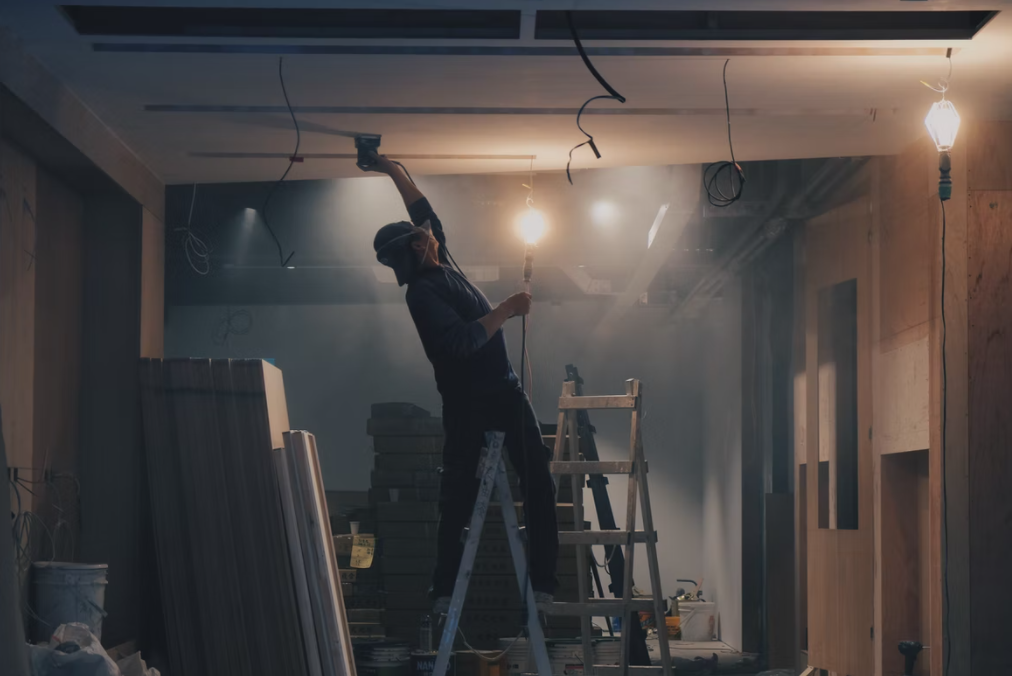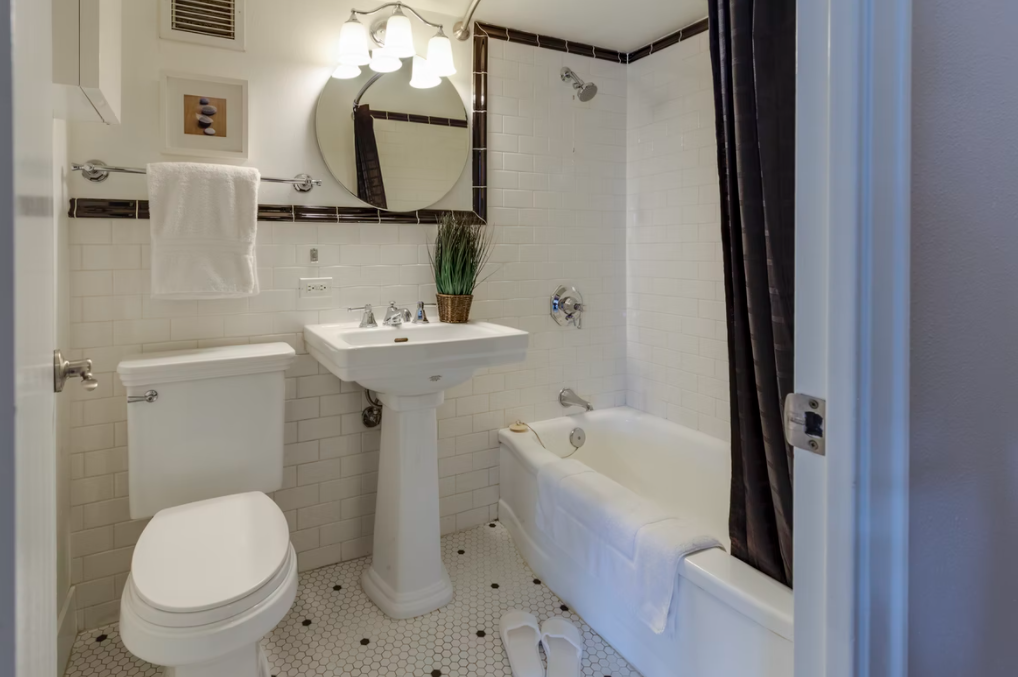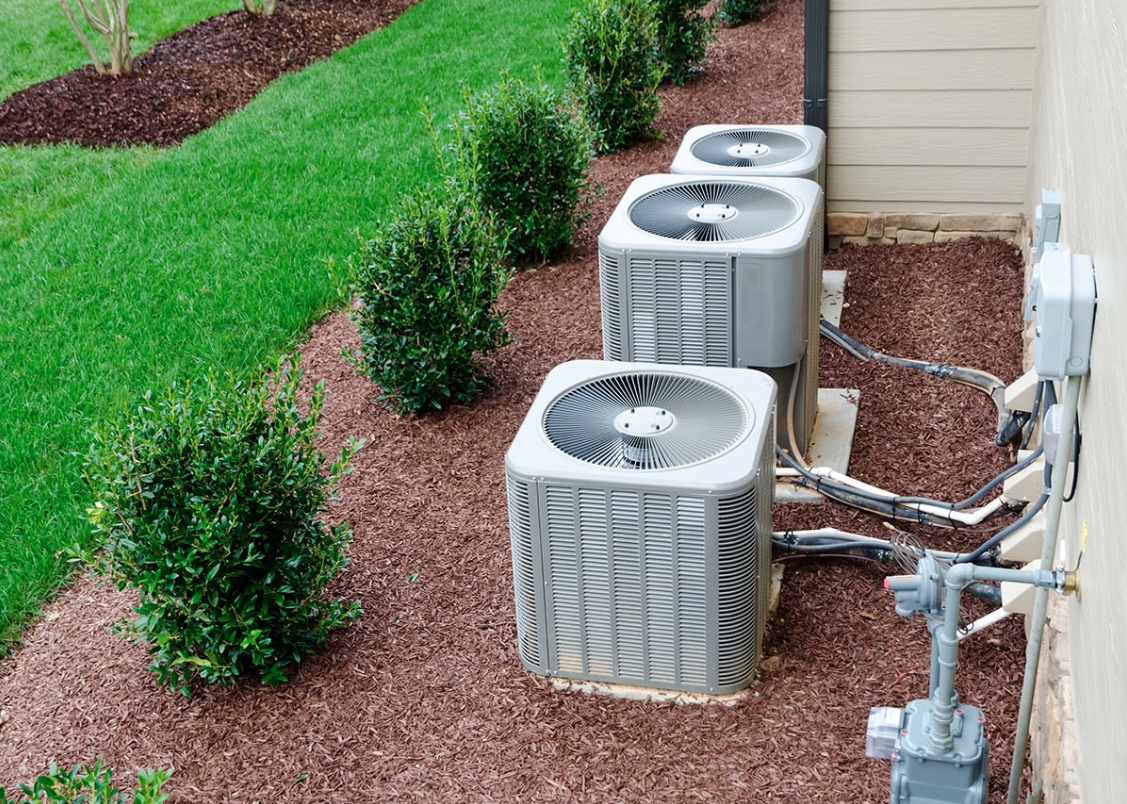Signs of Hidden Water Damage in Your Home

Water damage is one of the most common threats to the structural integrity of your home. It can cause severe damage over time if not addressed promptly, especially when it goes unnoticed.

Hidden water damage is particularly dangerous because it can quietly wreak havoc behind walls, under floors, and in ceilings, leading to costly repairs and health hazards.
In this article, we’ll explore the common signs of hidden water damage, what causes it, and what you can do if you spot these warning signs.
Signs of Hidden Water Damage
1. Discoloration and Stains on Walls and Ceilings
One of the most obvious signs of hidden water damage is discoloration or stains on walls and ceilings. These spots may appear yellowish-brown and can grow over time. The cause is usually water seeping through the building materials.
What to do: If you notice discoloration, investigate the source. It could be a leaky roof, plumbing issue, or condensation problem. Fixing the leak is crucial to prevent further damage. Once the source is addressed, replace damaged materials to prevent mold growth.
2. Peeling or Bubbling Paint and Wallpaper
When moisture seeps into walls, it can cause paint and wallpaper to bubble or peel. This is often a sign of water damage behind the surface.
What to do: If you see bubbling or peeling, it’s essential to identify the moisture source. This could be due to leaking pipes, poor ventilation, or water intrusion. Repair any leaks, ensure proper ventilation, and repaint or reapply wallpaper after ensuring the wall is completely dry.
3. Warped or Buckling Floors
Water damage can cause flooring materials to warp or buckle. This is particularly common with wooden floors, which can absorb moisture and expand.
What to do: If you notice warped floors, check for leaks in the plumbing, especially in bathrooms and kitchens. Repair the leaks, dry the area thoroughly, and replace the damaged flooring. It’s also wise to check for underlying mold growth.
4. Musty Odors
A musty smell is often a sign of mold growth, which can occur when moisture is present. Mold thrives in damp, dark areas, and even a small leak can lead to significant mold issues over time.
What to do: If you detect a musty odor, investigate areas like basements, attics, and crawl spaces. Mold remediation may be necessary if mold is present. Improve ventilation and use dehumidifiers to reduce moisture levels.
5. Cracks in Walls or Ceilings
Cracks in walls or ceilings can be caused by water damage. When water saturates building materials, it can weaken them, leading to structural issues.
What to do: Small cracks might not seem serious, but they can indicate a larger problem. Inspect for leaks or water intrusion. Repair any identified issues and consult a structural engineer if the cracks are significant, as they could indicate foundational problems.
6. Increased Water Bills
An unexplained increase in your water bill could indicate a hidden leak. Even small leaks can waste a significant amount of water over time.
What to do: Monitor your water bill for unusual increases. Check for leaks in plumbing fixtures and appliances. If you can’t find the source, consider hiring a professional to inspect your plumbing system.
What Causes Hidden Water Damage?
Hidden water damage can result from various sources, including:
- Leaky Roofs: Damaged or aging roofs can allow water to seep into your home, especially during heavy rainfall.
- Plumbing Issues: Leaking pipes, faulty fixtures, and broken appliances can cause water to accumulate in walls, ceilings, or floors.
- Condensation: Poor ventilation, especially in bathrooms and kitchens, can lead to condensation buildup, promoting mold growth and water damage.
- Flooding: Even minor flooding can cause significant water damage if the water isn’t removed quickly and thoroughly.
- Foundation Cracks: Water can seep through cracks in your foundation, leading to damage over time.
Addressing these causes promptly can prevent hidden water damage from worsening and causing extensive, costly repairs.
Conclusion
Hidden water damage is a serious issue that can affect the structural integrity of your home and pose health risks due to mold growth.
By being vigilant for signs like discoloration, musty odors, and increased water bills, you can catch water damage early and take action.
Whether it’s fixing leaks, improving ventilation, or consulting professionals for Northwest Arkansas water restoration services, addressing the problem swiftly can save you from more extensive damage and repair costs.
Regular maintenance and prompt repairs are key to protecting your home from hidden water damage.








